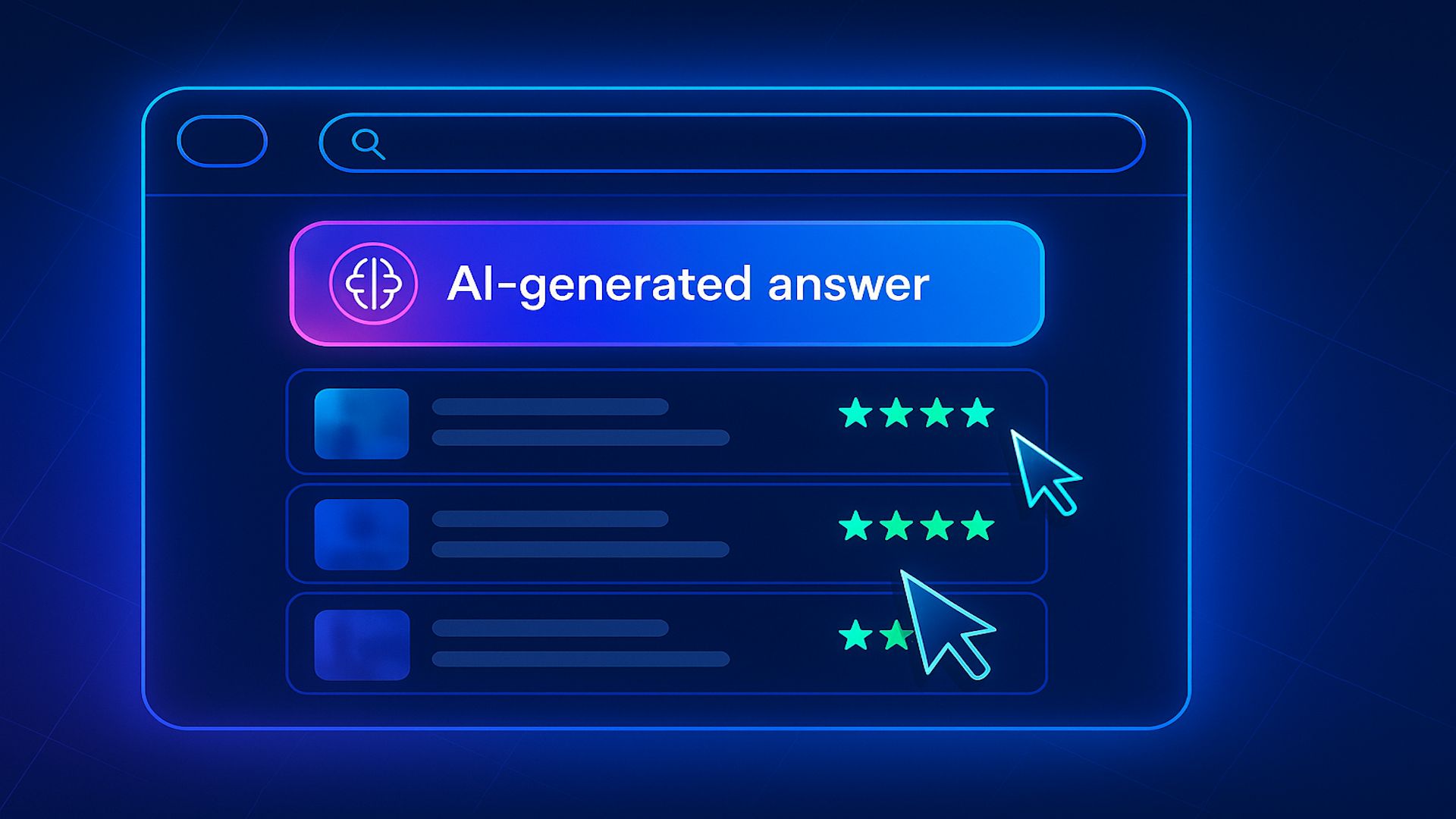How Instagram ranks content in 2023: Feed, Stories, Explore, Reels, Search
Here's everything we know about how Instagram ranking algorithms work to help you maximize your visibility and engagement.
Instagram has updated its resource explaining how ranking works across each part of its app – Feed, Stories, Explore and Reels.
Why we care. It’s critical to understand how Instagram ranking works if you want to maximize your visibility and engagement on this platform.
What’s new. Instagram Ranking Explained is an update to a 2021 post – so most of the changes are fairly minimal. Of note, Instagram:
- Separated Feed and Stories into two separate sections.
- Put a heavier emphasis on following its Recommendation and Community guidelines.
- Added a section called Personalize your Feed and Stories, adding new tips on how to personalize Feed and Stories.
- Expanded its discussion around Shadowbanning.
Instagram uses multiple algorithm
Instagram doesn’t use one algorithm to rank content. Multiple algorithms, classifiers and processes – each serving a specific purpose – determine what Instagram users see.
Instagram ranks content differently in different parts of the app (e.g., Feed, Stories, Explore, Reels and Search).
How Instagram ranks Feed
Instagram’s Feed is a mix of content from accounts that a user follows, recommended content and ads. There is also a mix of formats – videos, images and carousels.
Instagram said Feed ranking takes thousands of signals into account. The signals Instagram discussed all fall into three big buckets – the user, the creator and the post.
User signals:
- Engagements – likes, shares, saves, comments and time spent interacting with a post.
- Accounts the user has recently followed.
- Accounts a user has recently liked or engaged with.
- Format preference (e.g., Instagram will show more images if you engage more with images vs. videos or other formats).
- History of interacting with another account.
- Recent posts shared by the accounts a user follows.
- Posts from accounts users doesn’t already follow that Instagram thinks they might be interested in. As Instagram explained:
- “These are educated guesses at how likely you are to interact with a post in different ways. There are roughly a dozen of these. In Feed, the five interactions we look at most closely are how likely you are to spend a few seconds on a post, comment on it, like it, share it, and tap on the profile photo.”
- Account preferences.
Creator signals:
- Information about the post creator.
- How many times people have interacted with that person in the past few weeks.
- If the content follows Instagram’s Guidelines for Content Lowered in Feed.
Post information:
- Popularity:
- Number of likes.
- How quickly people like it.
- Number of comments.
- Number of shares.
- Number of saves.
- Time it was posted.
- Location.
Instagram also tries to avoid showing too many of these in a row:
- Posts from the same person.
- Suggested posts.
How Instagram ranks Stories
The “input signals” Instagram looks at for Stories include:
- Shared by accounts you follow (that don’t violate Instagram’s Community Guidelines).
- Viewing history (how often a user views an account’s stories).
- Engagement history (how often a user engages with an account’s stories – eg., a like or a DM).
- Closeness (a user’s relationship with the creator and how likely they are to be connected as friends or family).
How Instagram ranks Explore
Explore is where Instagram recommends images and videos from accounts a user doesn’t follow. Ranking in Explore is similar to ranking of Feed and Stories.
Instagram looks at:
- A user’s past Instagram activity (e.g., post likes, saves, shares and comments).
- A user’s past Explore activity (posts a user has liked, saved, shared or commented on; how the user has interacted with posts in Explore).
- Post information (how many and how quickly other users like, comment, share and save a post). Instagram said “these signals matter much more in Explore than they do in Feed or in Stories.
- The user’s history of Interactions with an account.
- Creator information (e.g., the number of times users have interacted with that creator in the past few weeks).
- Whether the content follows Instagram’s Recommendation Guidelines.
How Instagram ranks Reels
The most important signals Instagram looks at:
- User activity (Reels a user has liked, saved, reshared, commented on, or engaged with).
- The user’s history of Interactions with an account.
- Reel information (e.g., popularity, the audio track, visuals in the video).
- Creator information (popularity signals include number of followers, engagement level).
Reels can be less visible if they are:
- Low-resolution.
- Watermarked.
- Muted or containing borders.
- Mostly text.
- Focused on political issues.
- Previously posted on Instagram.
How Instagram Search works
Not mentioned in Instagram’s newest resource was how the Instagram search algorithm works. However, Instagram did that in a 2021 post, Breaking Down How Instagram Search Works.
What signals matter in Instagram Search:
- The query. Instagram tries to match that to relevant usernames, bios, captions, hashtags and places.
- User activity. Accounts a user follows, posts they’ve viewed and how often they have interacted with an account in the past. Instagram more often shows accounts and hashtags that a user follows or visits.
- Popularity signals. The number of clicks, likes, shares and follows for accounts, hashtags and places.
Instagram’s SEO advice:
- Choose an Instagram handle or profile name that’s related to the content of your posts.
- Include relevant keywords and locations in your bio.
- Use relevant keywords and hashtags in your captions.
You can also add up to five links in your Instagram bio.
Search Engine Land is owned by Semrush. We remain committed to providing high-quality coverage of marketing topics. Unless otherwise noted, this page’s content was written by either an employee or a paid contractor of Semrush Inc.


